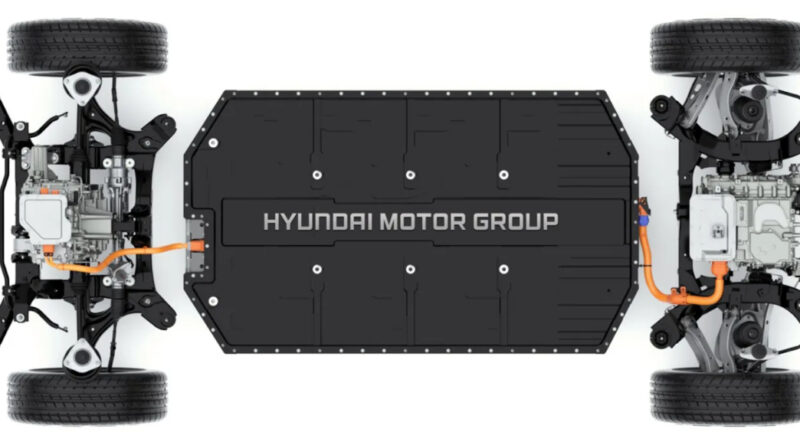Recent advancements in battery and motor technologies signal a significant shift in the energy landscape, potentially accelerating the transition away from fossil fuels. Innovative companies are developing solutions that promise to enhance efficiency and reduce costs, marking a critical moment in the fight against climate change.
The fossil fuel industry has faced increasing scrutiny as government policies and regulations evolve. Recent actions, such as the potential elimination of the “endangerment finding” that classifies carbon dioxide as a greenhouse gas, have raised concerns among environmental advocates. This move could hinder efforts to monitor and regulate carbon emissions effectively. Notably, the administration has also faced criticism for limiting the operations of key monitoring facilities like the Mauna Loa Observatory, which plays an essential role in tracking atmospheric carbon dioxide levels.
Despite these regulatory challenges, technological advancements are paving the way for greener alternatives. Solid-state batteries, which have been under development for decades, are emerging as a game-changing solution. Compared to traditional lithium-ion batteries, solid-state variants offer higher energy densities, faster charging times, and enhanced safety features, including resistance to thermal runaway events.
Hyundai Motor Group is at the forefront of this innovation, having applied for a patent on a new solid-state battery technology that utilizes copper anodes. This development is significant because copper is an excellent conductor of electricity. However, it has historically been corroded by the sulfides commonly used in solid-state batteries. Hyundai’s solution involves a protective coating for the copper, enhancing durability and conductivity.
The new battery design includes a layered construction featuring a copper collector, protective coating, anode, sulfide electrolyte, cathode, and terminal collector. As the company embarks on this promising venture, it has also announced plans for a pilot production line at its Uiwang Research Institute, in collaboration with Seoul National University.
In addition to advancements in battery technology, innovations in electric motors are also reshaping the energy sector. Orbis Electric has introduced the HaloDrive, an axial flux motor designed for heavy-duty vehicles. This motor boasts a modular architecture and features like an injection-molded plastic stator and a tunable gearset, leading to improved performance and efficiency.
According to Business Wire, the HaloDrive motor exhibits a torque density of 100 Nm/kg, which allows it to outperform conventional designs, while also delivering performance comparable to a V8 engine. Notably, Orbis claims that its axial flux motors are up to 35% cheaper than traditional radial flux motors, with an energy efficiency of 97%.
The HaloDrive motor’s versatility extends beyond conventional applications. It can be used in mobile refrigeration systems, providing significant environmental benefits. By replacing diesel-powered units, the HaloDrive can eliminate up to 100% of diesel refrigeration fuel consumption and emissions, while reducing operational costs by 90%.
These technological advancements present a compelling argument against the fossil fuel industry’s attempts to maintain its dominance. While fossil fuel companies have historically sought to protect their interests through lobbying and regulatory capture, the emergence of cost-effective alternatives is shifting the balance of power.
The ongoing development of solid-state batteries and efficient electric motors indicates a robust transition towards sustainable energy solutions. As these technologies become commercially viable, they threaten to render traditional fossil fuel practices obsolete.
In summary, the combination of innovative battery technologies and advanced electric motors signals a turning point in the energy sector. The fossil fuel industry’s efforts to resist change may soon be overshadowed by the undeniable march of progress toward a cleaner, more efficient future. As these developments continue to unfold, the world watches closely, anticipating a significant transformation in energy consumption and production.
